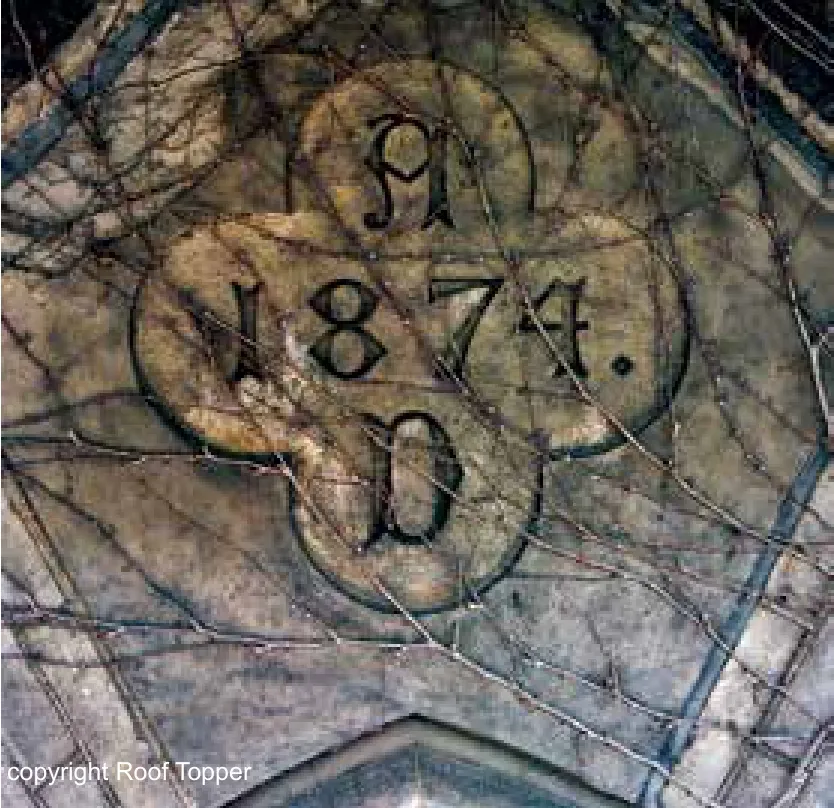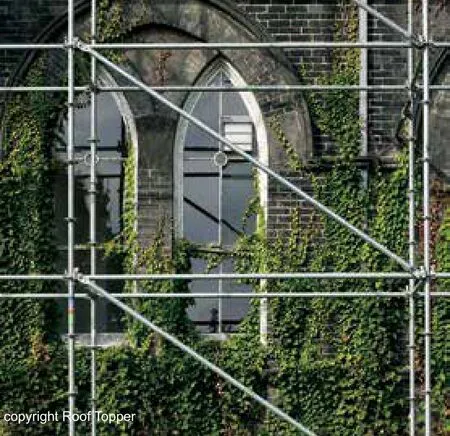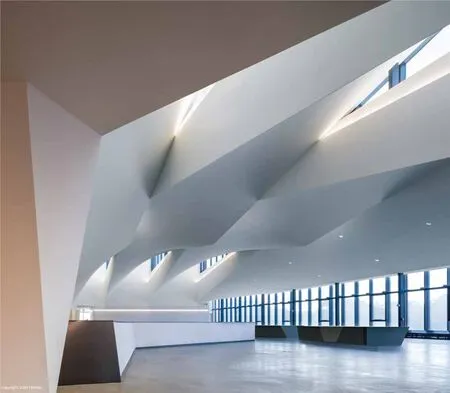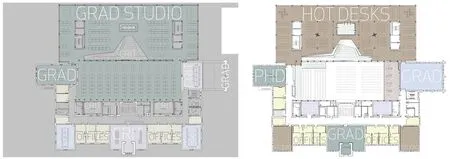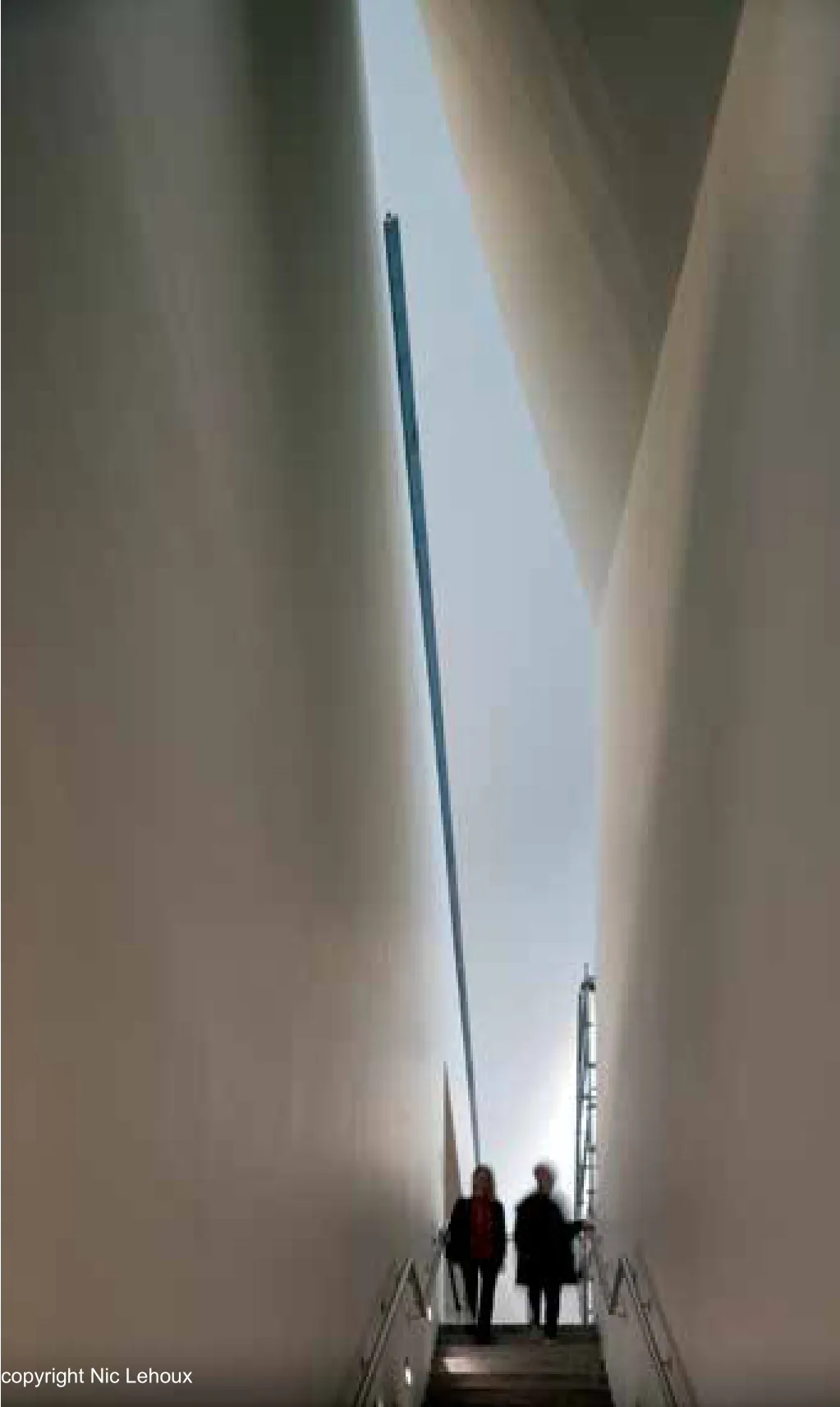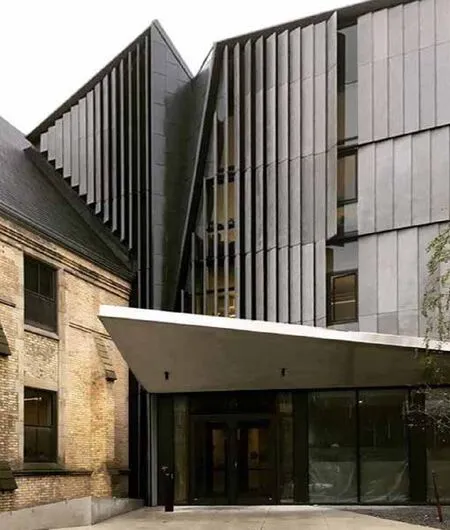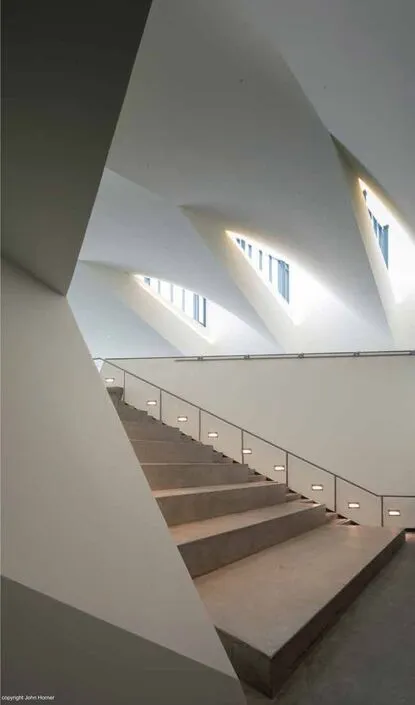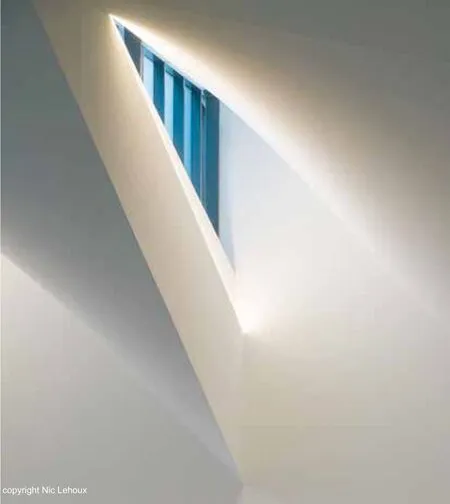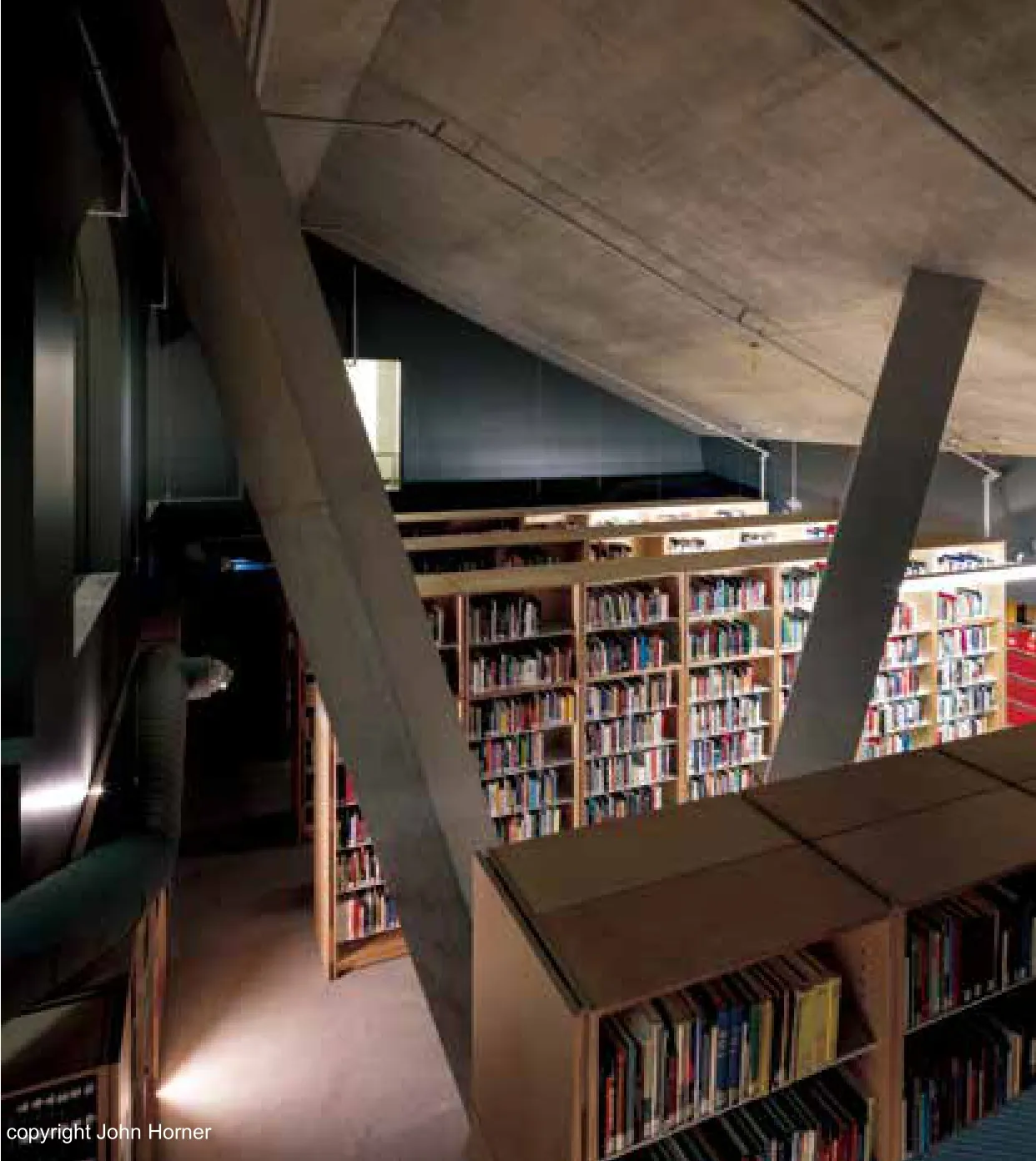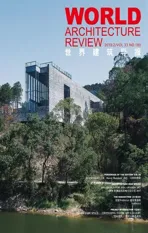丹尼尔斯大厦加拿大多伦多
2018-04-27RichardLee,TomBeresford,JohnHouser等
项目负责人:Katherine Faulkner, AIA; Nader Tehrani
设计团队:Richard Lee, Tom Beresford, John Houser, Amin Tadj, Alda Black, Marta Guerra, Animations, James
Juricevich, Parke Macdowell, Dane Asmussen, Laura Williams, Peter Sprowls, Noora Al Musallam, Tammy Teng,Wesley Hiatt, John Mars, Mazyar Kahali
合作建筑师:Adamson合伙建筑师事务所
Principals: Katherine Faulkner, AIA; Nader Tehrani
Project Team: Richard Lee, Tom Beresford, John Houser, Amin Tadj,
Alda Black, Marta Guerra, Animations, James Juricevich, Parke Macdowell, Dane Asmussen, Laura Williams, Peter Sprowls,
Noora Al Musallam, Tammy Teng, Wesley Hiatt, John Mars,
Mazyar Kahali
Associated Architect: Adamson Associates Architects

多伦多大学丹尼尔斯建筑、景观和设计学院的设计采用了分期的方法,包括修复和扩建以前称为“知识学院”的标志性建筑,将现有建筑物改造成与教学和需求更相关的框架体系。这个十九世纪遗址的总体规划是通过对预期用途模式和场地生态的分析而制定的,目的是重新定位校园西南角与安大略湖的轴线,并为学院创造新的特性。丹尼尔斯建筑、景观和设计学院需要一个可持续发展的新型工作原型,以适应工作室、金属加工车间、教室、办公室、图书馆、咖啡厅、展览空间、礼堂以及最先进的“城市剧场”等的方案。位于繁忙的城市干道上,被一条电车线路所包围,这个环形场地成为一个夹在城市活动层之间的岛屿。也许,保持哥特式建筑遗产所面临的巨大挑战也是该项目的最大机遇;历史遗迹“斯帕迪纳新月”的尖顶和边缘成为需要自然采光的有着纵深楼板的现代盒状建筑的理想陪衬。通过扩展现有建筑的逻辑关系,并突出两者之间的关键差异,该项目利用了新哥特式建筑的形式和语言,将它们转化为供水管理、采光和表皮嵌板系统机制。
Design of the University of Toronto’s Daniels Faculty of Architecture, Landscape and Design (DFALD)building was conceived as a two-phased approach to both renovate and expand the iconic structure formerly known as Know College, transforming their existing building into a framework more relevant to their teachings and aspirations. The master plan for this 19th century site was developed through the analysis of anticipated use patterns and site ecology, with an eye toward re-positioning the southwest corner of campus on-axis with Lake Ontario, and creating a new identity for the Faculty.DFALD required a new working prototype of sustainability to accommodate a program for studio space, fabrication workshops, classrooms, offices, library, cafe, exhibition space, auditorium, and state of the art ‘urban theater’. Located on a busy urban artery, and circumscribed by a streetcar line,the circular site is an island amidst layers of urban activity. Perhaps the great challenge of maintaining the Gothic heritage building has been the project’s greatest opportunity; the spires and edges of the historic Spadina Crescent create the ideal foil for a contemporary box with a deep floor plate requiring natural lights. By both extending the logics of the existing building and establishing critical differences between the two this project appropriates the neo-gothic forms and language transforming them into mechanisms for water management, day-lighting and façade system panelization.


